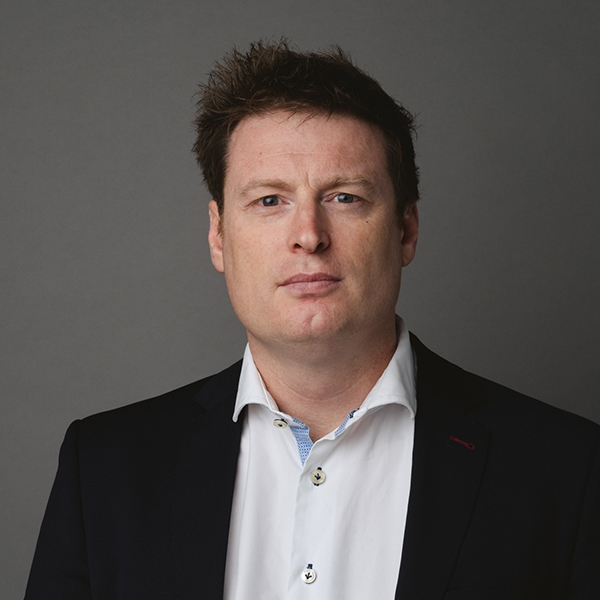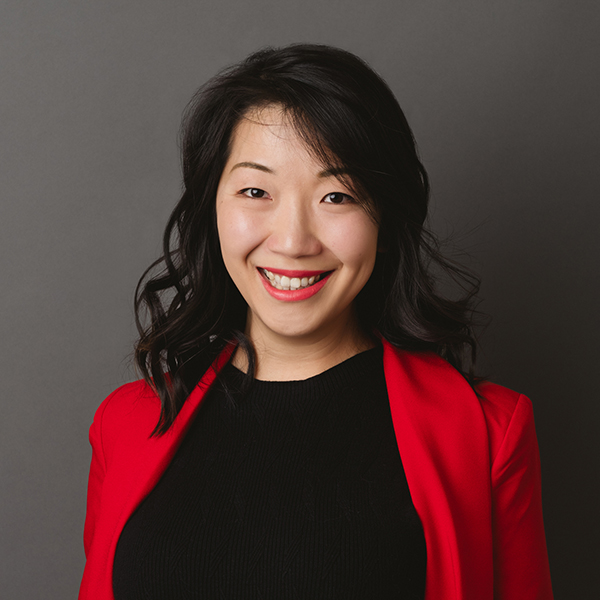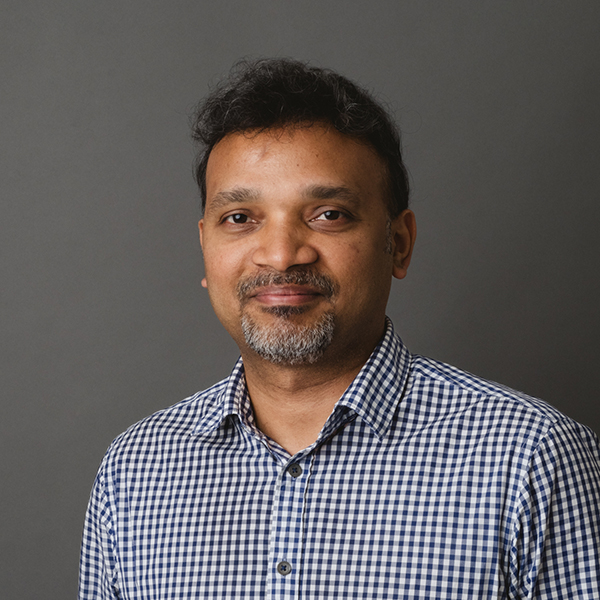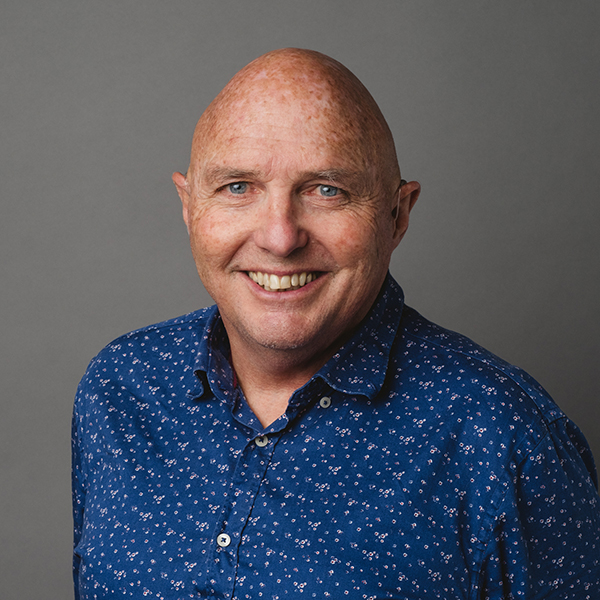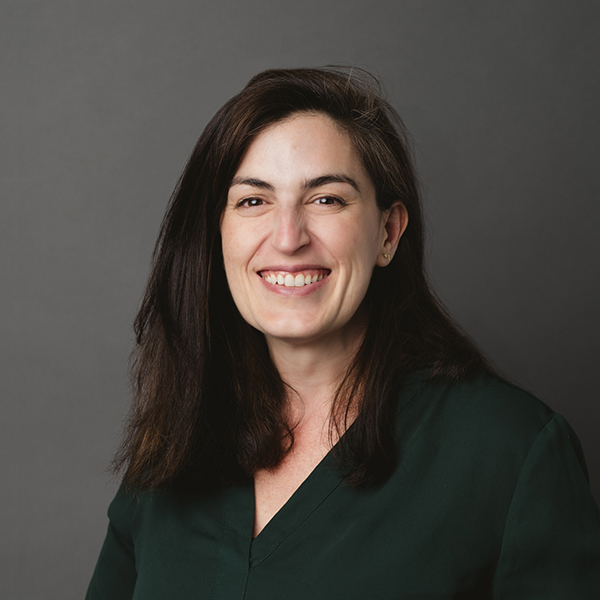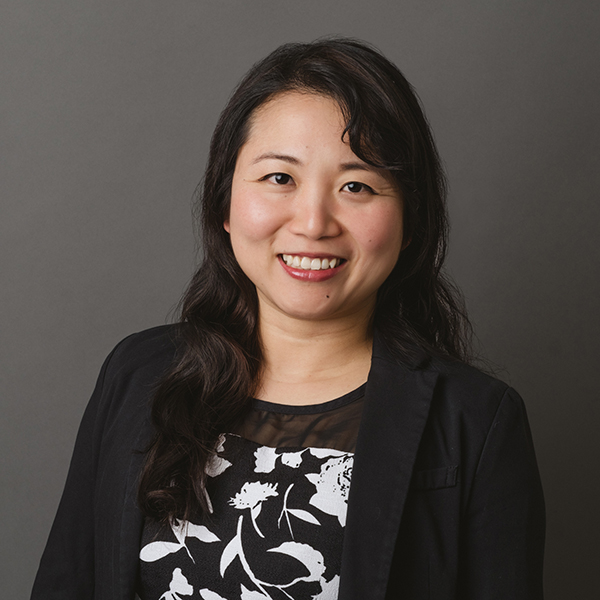Expert knowledge and clinical experience in Gastroenterology and Surgical fields
Gastroscopy
An Gastroscopy is an examination of the upper digestive tract (the stomach and duodenum) using an endoscope – a long soft flexible tube, containing a camera and a light.
FAQ’s
An Gastroscopy is usually ordered to investigate the cause of abdominal pain, vomiting, bleeding or anaemia, and to make or confirm a diagnosis.
You will be asked to not eat or drink anything for eight hours before going to the hospital. This includes medicines, so if you are on any medication you should ring first and check if it is all right to take it.
You will be asked to change into a hospital gown, and remove all jewellery and constricting underwear. The doctor will discuss the test with you and answer any questions. You will also need to sign a consent form allowing the test to be done.
You will be asked to lie on the table on your left side. A needle is usually then inserted into your hand so that a light sedative can be given. The sedative will help you to relax, but it won’t put you to sleep. In some cases the test can be done without the sedative and you need to discuss this with the doctor before you sign the consent form.
After you have been sedated, the back of your throat will be sprayed with a bitter tasting anaesthetic to make it numb and to help you not to gag. A plastic guard will be put between your teeth to stop you from biting the endoscope. If you have false teeth (dentures) they will be removed. Your blood pressure and pulse will also be monitored.
The endoscope will be placed into your mouth and you will be instructed to swallow it down into your stomach. The tube is about the size of your ring finger, so there is plenty of room to breathe around it. Any extra saliva will be removed with a suction hose. The doctor will manoeuvre the scope into the right position and then air will be pumped in to make viewing easier.
Sometimes a special instrument can be inserted through the scope, and a small sample of tissue (a biopsy) removed. This is not painful. The doctor may also take some photos to refer to later. Some treatments can be performed while the endoscope is in eg, controlling blood loss from an ulcer or injecting big veins (like varicose veins) in the stomach. These treatments will make the procedure a little longer and will have been discussed with the doctor first.
Once the doctor is happy that everything has been seen, as much of the air as possible will be removed, and the scope will be gently pulled out.
The procedure takes about 30 minutes, a little longer if any treatments are done. After the test you will be transferred to a recovery room and a nurse will care for you until you are awake. Usually about an hour later you will be given a drink and a light snack. You can go home after about four hours.
Make sure you have someone to drive you home as you will still be drowsy after the test. You should not drive and should also plan to rest for the remainder of the day.
The results will be sent to the doctor who referred you for the test.
Many endoscopies are performed in New Zealand every week with very few people experiencing serious side effects. You may have a slightly sore throat and cough up a little blood. Air may also be trapped in your stomach causing you to burp.
Very rarely a tear (perforation) may be made in the stomach lining, and in such cases you would be admitted to hospital and an operation performed to repair it.

